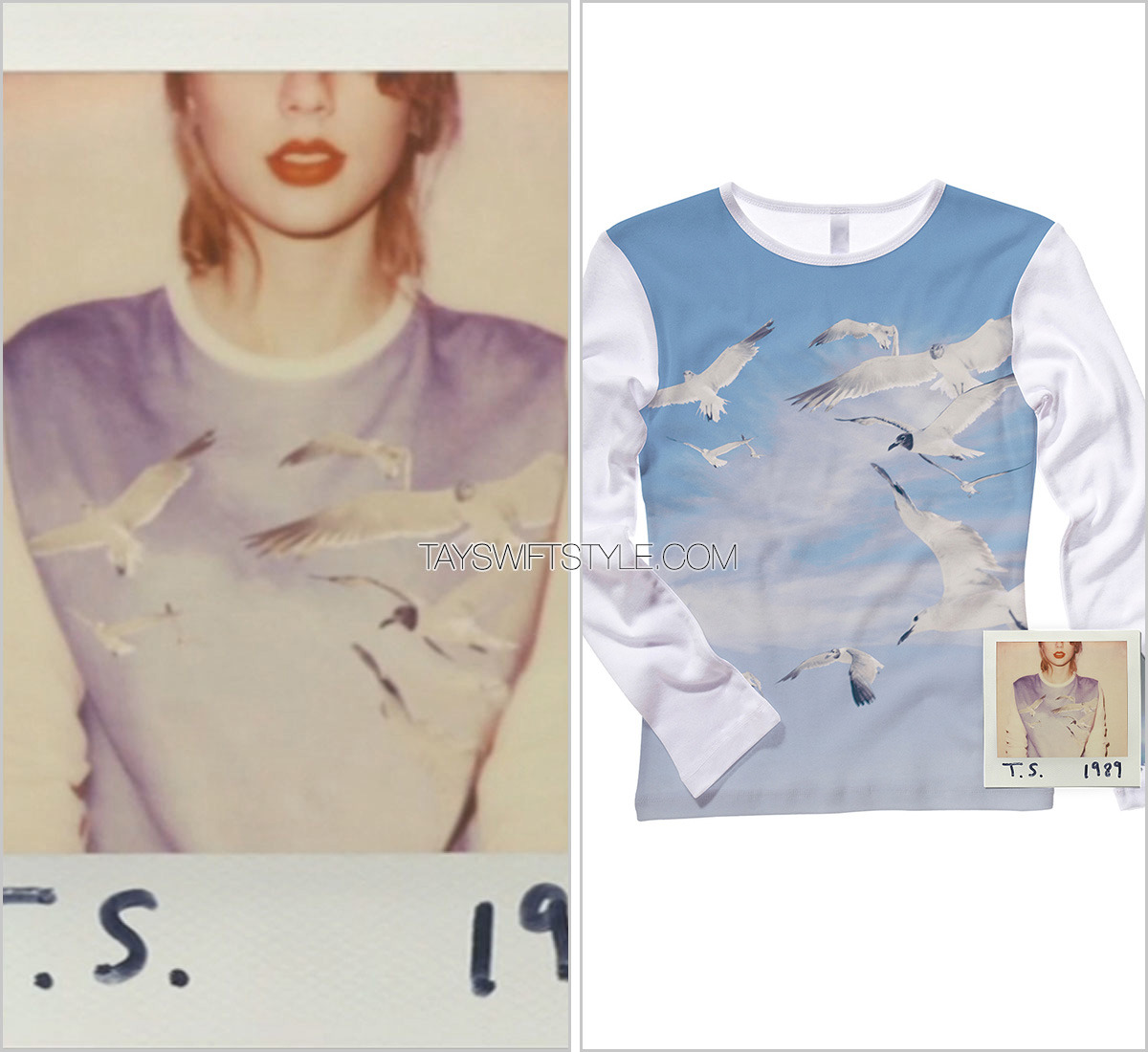
Following the release of her genre-spanning fourth studio album Red (2012), noted for its pop hooks and electronic accents, the media questioned the validity of. It was released on October 27, 2014, by Big Machine Records. In honor of the pop star's constant evolution through the years, here's an in-depth look at every one of Taylor Swift's iconic eras - and all the fashion styles, aesthetics, and symbols that defined them. 1989 is the fifth studio album by American singer-songwriter Taylor Swift. In fact, ask any "Swiftie," and they'll probably have a favorite era - whether it's the nostalgic teenage years of "Fearless," or the dark and edgy comeback of the "Reputation" era. Indeed, Swift has been an artist who has continually evolved with every new album - and each new era has not only marked a distinct change in her sound and genre, but also her style and aesthetics. Since her debut into the music world 15 years ago, the American singer has had a stunning transformation from a 16-year-old country music sweetheart to a global music icon and pop phenomenon - and now, of course, she's also proven she can master the indie and alternative genre with her latest albums "Folklore" and "Evermore" (via NME). It would make zero sense to take the roulette of buying more than one album to try and. Named after the year of her birth, it was a title which Taylor Swift explained was a perfect way of defining and owning the music she was. I was like, huh, Bruce Springsteen’s Nebraska was. She made the album 1989 mostly in 2014, when she was 25. All together there are 65 individual and unique polaroids with song lyrics. Like millions of others, the 40-year-old Americana superstar had fallen hard for Taylor Swift’s 1989 on the album’s release last October. If you bought the new 1989 album from Taylor Swift you noticed that it comes with extras like 5 polaroids with hand written song lyrics. It was very cathartic for me, because I found myself singing those songs and feeling things from my divorce, feeling things from a current relationship, feeling things from the distant past.When it comes to today's most famous pop stars, there's perhaps no one as versatile - or ever-changing - as singer-songwriter Taylor Swift. Now Vulture presents a few thoughts about the 1989 album cover. All 65 Polaroids Of Taylor Swifts 1989 Album.

And the songs were this spacecraft that took me into this parallel universe. “It sounds very selfish and it is – I thought about Ryan. That's the role I play in music culture Ryan Adams People will give me a certain amount of shit no matter what I do in my career.

I honestly never thought about gender.” And his pale eyes widen a bit, with alarm or guilelessness. (The New Yorker praised the cover version having never reviewed the original, remarking that “these songs, rearranged by Adams, might sound to some ears more authentic, raw, or genuine”.) The reaction has, says Adams, “really upset me.

Which is the kind of observation that has led hordes of fans and critics to roll their eyes: why should it take a mopey man with a guitar to highlight how good a pop star’s craft is?Īnna Leszkiewicz, writing in the New Statesman, made a compelling case for Adams’s “ mansplaining” of Taylor Swift. When you listen to 1989, you notice that it is a pop album, but it is far from bubblegum-pop meaningless songs that make no sense at all. She always flirted with the concept of pop songs but she never went full-out with it. Not because the wind-machined, widescreen exaltation of the original implodes into something like a dolorous lullaby but because the lines, “The rest of the world was black and white / But we were in screaming colour” is a reminder of how excellent a lyricist Swift is. First of all, 1989 is Taylor Swift’s first documented pop album. Of all the songs on Adams’s album, it’s Out of the Woods that delivers the sharpest shock. Ryan Adams’s version of Out of the Woods from 1989


 0 kommentar(er)
0 kommentar(er)
